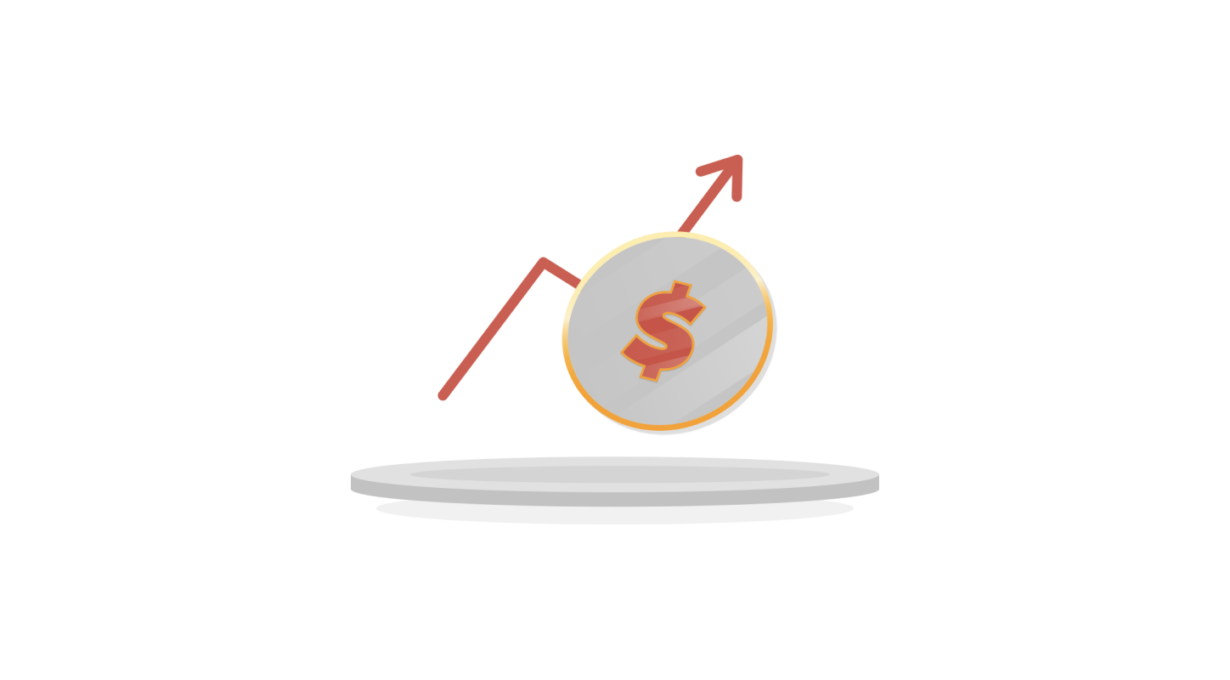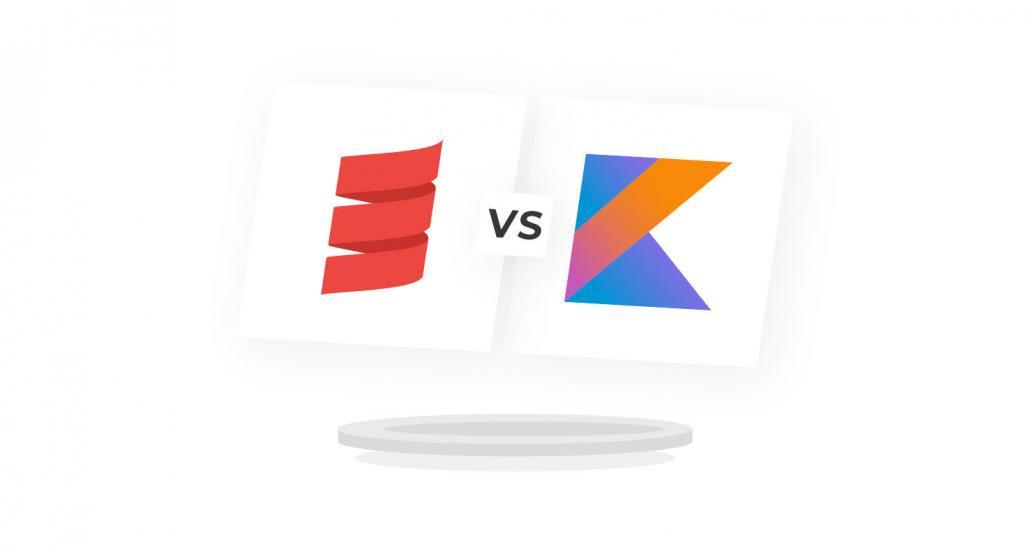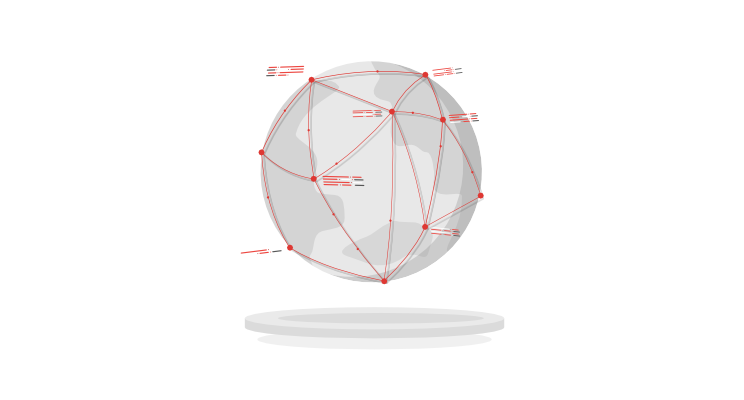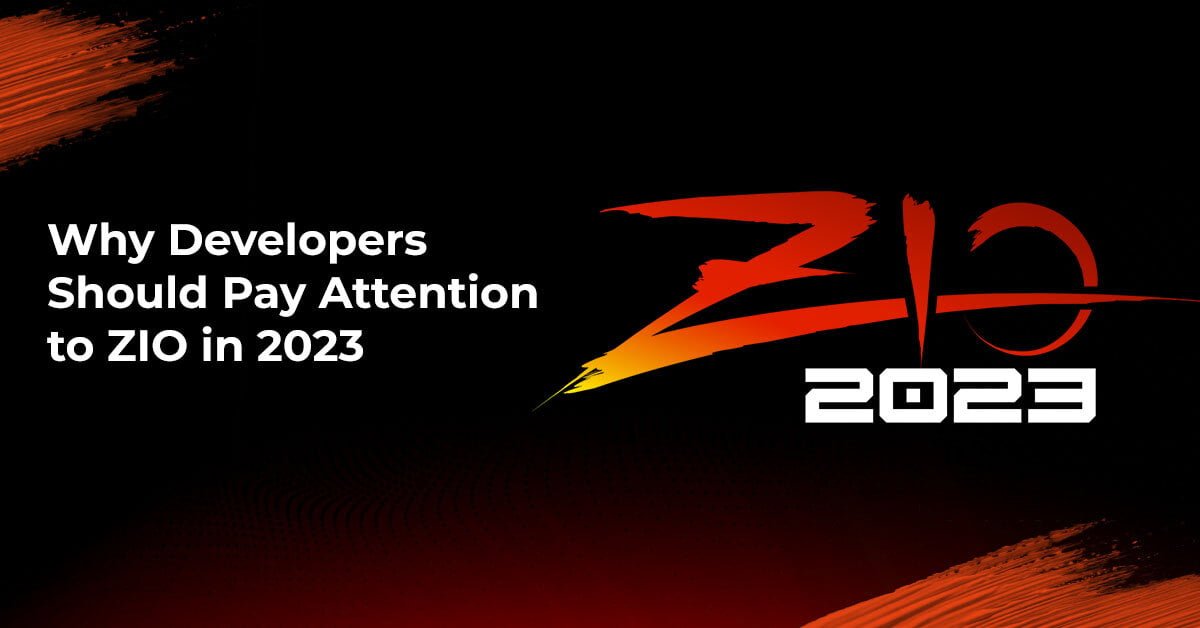
These 8 FinTech trends and FinTech solutions that shouldn’t be missed

Almost every sector of the economy has been disrupted by the pandemic – including the fast-growing FinTech industry. COVID-19 has forced the financial industry to focus on customer needs and on its most profitable activities. However, there are more trends to be recognized in the area of FinTech.
Our goal here is to highlight the FinTech trends and to help you understand what the future holds for FinTech solutions.
#1 All eyes on blockchain
To keep up with future startup competition and prevent earning losses, many large banks are now investing in blockchain FinTech solutions. They are employing blockchain technology, which improves system performance, eliminates middlemen, and processes data in the cloud. As a result, better data collection and storage are achieved, security is improved, and costs are decreased.
This is already being proved: E-Crown has been tested in Sweden.
With blockchain technology, cryptocurrency users found that sending and receiving digital payments around the world can be done with little or no fees and with a minimum of banking regulations. It provides secure money transactions and is resistant to any kind of modification, which is another reason to switch to blockchain technology.
Blockchain technology is predicted to revolutionize FinTech solutions for a very long time, yet this technology can be applied in any industry where there is a need to ensure secure data exchange. The French company Woleet provides blockchain-based services, such as tracing drug origins to eliminate the risk of buying counterfeit merchandise.
With the advancement of blockchain technology, investment advisers and wealth managers will decrease in demand, while compliance, regulatory, financial policy, and accountants and tax experts will grow in demand.
And the proof here is in the pudding here.
Tokenization of assets will be one of the main directions of development, providing completely new investment opportunities. The ability to buy assets outside the exchange circulation will be available to everyone. The barrier to entry will be significantly lowered both for investors and for companies. Investments in tokenized assets, such as company shares, can potentially involve not only monetary exchange, but also currency exchange, real estate, and works of art.
All thanks to blockchain FinTech solutions.
#2 Increasing importance of open banking
With an open API, banks can offer complementary services and FinTech solutions to their customers and expand their customer base. By facilitating open banking APIs and collaboration with FinTech, we will be able to build bank ecosystems that go beyond financial services and improve the lives of consumers. Some will see this as an opportunity, and others will view it as a threat. The banks that offer the best value proposition for the consumer will win the relationship, increase customer awareness and generate new revenues.
The concept of open banking will also be supported by artificial intelligence. The PSD2 directive requires banks to provide their API environment among other things. In addition to enabling third parties to initiate payments directly (without requiring cooperation from the bank), these changes will include the ability to download anonymised financial data of a client from all of their bank accounts.
A new generation of revolutionary solutions is now possible that were previously impossible due to legal restrictions. FinTech solutions can be delivered through multiple applications that are easily integrated and use each other’s APIs.
Such FinTech solutions, though, must inform the client if there is an interruption in a user path, such as when there is a delay in data transfer, an incomplete operation, an unauthorized operation, or an unresolved transaction. It would be like walking through a pickpockets’ den if we did not have this key system, and moving between FinTech solutions would be like walking among thieves. If design and control are not delegated to the user, customer dissatisfaction with open banking FinTech solutions can be the result.
#3 Robotization and automation are closely intertwined
Robotization will continue to increase. FinTech solutions are expected to be even more impacted by automation, which is already visible in every area of life.
In the case of loan applications, for example, automation is already in use.
By using robotic process automation (RPA), operation costs can be cut and human error rates reduced. As a result, operation times are shortened and customer experience is improved, too.
The RPA technology can be implemented by banks and financial institutions as rule-based and structured actions. Account information can be processed automatically and viewed, application status updates can be done, and balance information can be checked easily. With the automation of many banking processes via FinTech solutions, banks are able to offer their services 24 hours a day, in real-time, to more customers.
Robotic advisors are vending machines within investment platforms that manage stocks for a fraction of the cost of an actual human advisor.
As opposed to an investment advisor who must spend a lot of money to gain a new client, a robo-advisor offers the same services for a fraction of the cost and works 24/7, regardless of time zone, and is also free from emotions and prejudice.
New employment opportunities will arise with the development of this market. There will be an increased need for programmers, mobile application developers, behavioral researchers, and cybersecurity specialists.
Speaking of cybersecurity…
#4 Cybersecurity to play a crucial role for FinTech
Due to the growing popularity of mobile applications and the development of open banking, banks need to be vigilant and implement specialized anti-fraud systems. For this reason, financial institutions need to start implementing new authentication and authorization concepts like biometrics and behavioral biometrics as soon as possible, as well as proactively investing in data protection and cyber-risk management strategies – this may determine their competitive edge in the future. Furthermore, collaborating with banks will require third parties to adhere to appropriate standards. Specifically, the certification process, which includes appropriate test procedures for application security and customer security, will be of paramount importance here. In the banking industry, third parties (FinTech solutions) not meeting security standards may undermine banks’ reputation.
#5 Investing in digital solutions and data processing
Banks in brick-and-mortar establishments in 2020 experienced a significant drop in customer flow due to pandemic restrictions. Banks found that it was more cost-effective to hire software developers and build their own applications to remain competitive during the period of the pandemic. With real-time banking, bank customers can access services anywhere, anytime.
More and more financial institutions are turning to FinTech solutions. As a result, they can reach a wider audience and engage existing customers more effectively. By introducing new, innovative channels (such as neobanks, mobile apps, online assisants), this can be accomplished.
They also invested in improving the technology they use. In order to speed up this process, banks must become more convinced of the advantages provided by innovative FinTech businesses.
A bank’s most valuable asset in the coming years will be data. Through the opening of banking, companies will gain access to a great deal of additional information about customers, which will allow them to make more effective decisions when it comes to strategies, products, services, and most importantly, offer each customer the most optimal solution, not only financial, that builds loyalty. In order to create a personalized marketing platform, however, both acquiring consent from customers and leveraging technological and business possibilities will be hurdles.
#6 Mobile wallets and mobile banking on the rise
Banking online is already giving way to mobile banking.
The total spend on m-commerce will increase through 2021 to reach USD 3.16 trillion and USD 3.79 trillion by 2022.
Cashless payments have proven to be convenient for people. Shopping is no longer accompanied by a physical wallet. For completing a purchase, a smartphone or smartwatch is enough. Payments made in this manner are relatively fast, convenient, and, above all, safe since no PIN is required.
With banks facing a lot of revenue and cost pressures, mobile banking is a hot topic. As a result, startups operating in the FinTech industry will rely on innovation to develop. Thanks to advancements in new technology, people are now able to pay using their smartphones.
With the advent of new technology and more FinTech solutions to come, more IT professionals will need to be employed, including software programmers, developers, designers, and data analysts.
And the proof here is in the pudding here.
#7 Artificial intelligence and machine learning to save the day
With artificial intelligence, the industry will be able to improve many processes, from express online loans (estimating financial credibility almost instantly) to changing the way we communicate with clients (chatbots will become more prominent), through to cybersecurity. When an unauthorized person gains access to a particular bank account, AI can detect potential frauds, as well as behavioral anomalies.
In addition, both AI and ML allow banks and financial institutions to offer high-quality automated services by processing data quickly. Aside from enhanced security, they also offer services such as personal digital assistants and AI-based chatbots for customer support.
Through FinTech solutions such as voice assistants, FinTech companies can better engage their customers with their product by offering a conversational service, reducing the need to write long messages, and improving their customers’ financial literacy by providing them with advice on how to spend, save, or invest.
#8 User experience is utterly crucial
In this era of continuous digitization, building FinTech solutions, products and services that meet customer expectations and distinguish them from the competition is one of the most challenging tasks facing the FinTech industry today. As a result, the task is even more pressing, as the players are not just banks, but also completely new companies offering selected banking services to their clients due to PSD2 rules.
Customer satisfaction is the main focus when investing in the brand, as is the improvement of service quality and the customer’s loyalty. Considering current approaches, banks must give this a high priority. Technical change and the increase in open banking have substantially changed the perspective: banks are no longer the only actors in many processes. Platforms are able to integrate significantly different FinTech businesses, and the customer path may link to independent systems, sharing data only partially. There is no way to overcome the lack of coherence and utility between systems by using graphic systems alone. The technology also needs to be rebuilt, and it will surely be improved in the coming months if not even years. These technological advancements, however, have enabled the transition of many FinTech companies into banks and will make life easier for the end customer someday.
Now it’s your turn
Financial technology is undergoing a number of changes. Due to the rapid growth and development of this industry, we don’t think this phenomenon will disappear. We anticipate there will be more FinTech solutions to come, but we believe that the trends we identified are here to stay. Whatever the case may be, FinTech is going through exciting times.
Check out also











